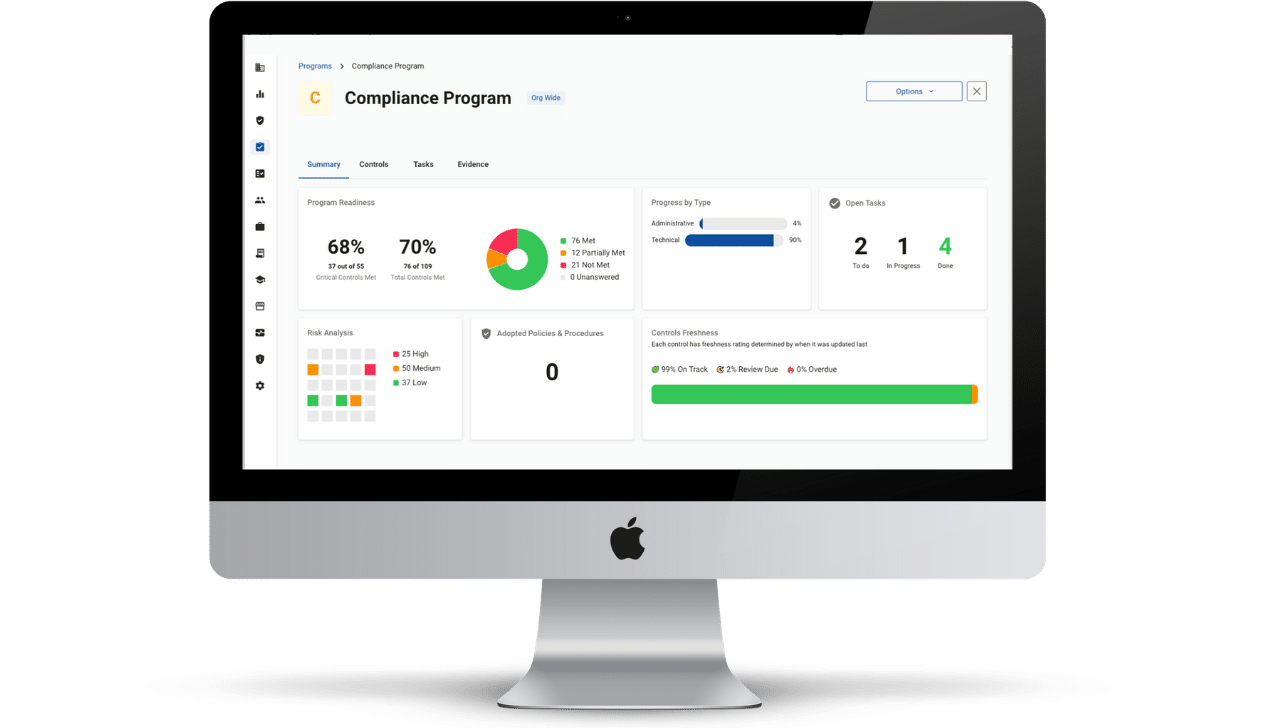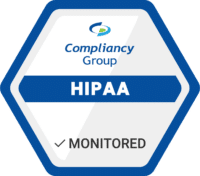Vulnerability management is a crucial part of any cybersecurity program and is one of the Department of Health and Human Services recommended cybersecurity best practices. Specific to healthcare, HIPAA vulnerability management refers to identifying risks to patient information and implementing measures that reduce the risk.
What is HIPAA Vulnerability Management?
HIPAA vulnerability management identifies possible risks in an organization’s network security.
This involves checking for, identifying, verifying, mitigating, and patching vulnerabilities. It also consists of addressing those risks with remediation efforts.
In laments terms, vulnerability management addresses security gaps before they result in a breach.
So, what does HIPAA vulnerability management consists of?
Checking for Vulnerabilities
You should check your systems for possible vulnerabilities in several ways.
To conduct a thorough check, you should implement regular:
- Network Scanning to identify active devices on a network to determine device “health.”
- Firewall Logging to log all devices active on a network, including devices denied access.
- Penetration Testing to determine where security is lacking – through ethical hacking.
To do so, you can utilize an automated tool, such as a vulnerability scanner.
Identifying Vulnerabilities
After you have checked for vulnerabilities, you must assess the results to determine gaps in security that a hacker could exploit.
Verifying Vulnerabilities
Next, you must determine if hackers could realistically exploit these identified gaps. Identified vulnerabilities must be categorized by the level of risk they pose.
Mitigating Vulnerabilities Through Patches
Lastly, you must limit the likelihood of vulnerability exploitation by implementing patches. In some cases, a patch will not be available. In this case, you may have to take affected systems offline until a patch is available.
The OCR advised in its cybersecurity newsletter, “In situations where patches are not available (e.g., obsolete or unsupported software) or testing or other concerns weigh against patching as a mitigation solution, entities should implement reasonable compensating controls to reduce the risk of identified vulnerabilities to a reasonable and appropriate level (e.g., restricting network access or disabling network services to reduce vulnerabilities that could be exploited via network access).”
Patch Management in Healthcare
The Office for Civil Rights (OCR) recommendations for patch management in healthcare are as follows:
- Evaluate patches to determine if they apply to your software/systems
- Test patches on an isolated system to discover if there are any unforeseen or unwanted side effects
- Approve patches for deployment once they have been evaluated and tested
- Schedule patches to be installed on live or production systems once approved
- Test and audit systems to ensure that the software patches were applied correctly
HIPAA Compliance and Healthcare Vulnerability Management
Implementing a healthcare vulnerability management system allows you to address security gaps before they result in a breach. With the increased cyberattacks in the past few years, healthcare organizations must be vigilant in safeguarding patient PHI. You can improve your cybersecurity posture by implementing an effective HIPAA compliance program.
HHS Cybersecurity Best Practices
- Email protection systems
- Endpoint protection systems
- Access management
- Data protection and loss prevention
- Asset management
- Network management
- Vulnerability management
- Incident response
- Medical device security
- Cybersecurity policies










